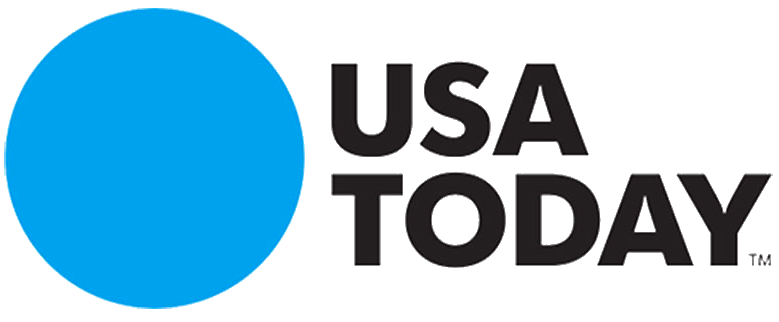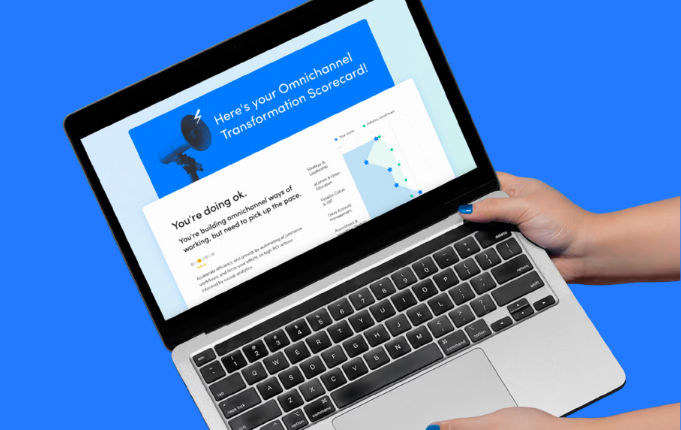
Amazon is charging into the holiday shopping season with a strong appeal to consumer wallets, beating other U.S. online retailers on price by 20%, on average, across key product categories.
Profitero’s latest study in its Price Wars series compared daily prices on 12,500 products across 20 retailers from July to September 2019. Overall, Amazon had the lowest prices on the broadest selection of popular items, winning in all categories studied. Walmart.com was the next most competitive among retailers studied with prices averaging 4.1% higher than Amazon’s. The price gaps between Amazon versus Target.com and Jet.com were more substantial at 10.6% and 11.3% higher, respectively.
Though Amazon beat all retailers studied on price, it continues to face tough competition in many categories. Walmart.com narrowly trailed Amazon in Baby (0.2%), Pet Supplies (1.3%) and Toys & Games (1.7%). Chewy.com continues to put up a tough fight in Pet Supplies, trailing Amazon by just 0.4% in price. Jet.com is most competitive in Office Supplies (trailing by only 0.6%).
Other highlights from the study include:
- Kroger getting aggressive in grocery: In past studies, Jet.com was Amazon’s toughest rival when it came to grocery pricing, but Kroger has emerged as the clear #2 price leader in online grocery, trailing Amazon by 1.6%. Among the retailers studied, Target.com offered the least competitive pricing for online grocery when compared to Amazon.
- Specialty retailers won’t play the game: Category specialists, such as Best Buy, Staples, Dick’s Sporting Goods and Wayfair, were found to be widely overpriced compared to Amazon – a sign they are choosing to compete on non-price factors to win with shoppers. Staples was 31.5% more expensive than Amazon in Electronics; Wayfair was 56.4% more expensive in Home Storage; Dick’s was 22.0% higher in Sporting Goods, as examples.
- Pharmacies win on convenience: Buffered by their vast network of local stores and prescription businesses, pharmacy retailers are also avoiding direct price competition on the same items. In Vitamins & Supplements, for example, CVS was 64.5% more expensive than Amazon, and Walgreens 60.9% more expensive.
Keith Anderson, Profitero’s SVP of Product Strategy and Insights and author of the study said: “While ‘online generalists’ like Amazon, Walmart, Jet and Target continue to compete aggressively with one another on price, category specialists appear to have entirely abandoned item-by-item price competition. Instead, they are competing on value beyond price, offering memberships, personalized services, personalized promotions and private label products consumers can’t find elsewhere. This is the recipe for how retailers – and even brands selling direct-to-consumer – can compete long term in this age of algorithmic-driven pricing.”
For the full report, Price Wars: A Study of Online Competition (July – September 2019) click here.
Methodology Summary
Each day, Profitero monitors prices and other data on more than 450 million product pages at more than 8,000 online retailers. For this study, Profitero analyzed daily prices collected from July 8, 2019 to September 30, 2019 across 19 leading online retailers. Categories analyzed included Appliances, Baby, Beauty, Electronics, Grocery, Home Furniture, Household Supplies, Music & CDs, Office Supplies, Pet Supplies, Sports & Outdoors, Tools & Home Improvement, Toys & Games, and Video Games. The study only compares prices collected on the same day, with both retailers in-stock. Amazon prices reflect 1P only on Amazon.com, exclusive of Fresh and Prime Now. The other retailer online prices studied could reflect promoted prices, but exclude coupons, other discounts that require additional shopper action, or special prices available through retailer-specific programs such as Target REDcard


























